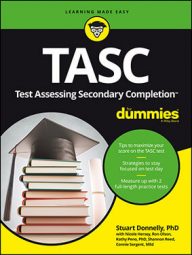You can apply the following general rules about exponents:
- Zero exponent rule: Any number raised to the zero power is equal to 1.
- Product rule: When multiplying numbers with the same base, add the exponents.
- Power rule: When raising a power to a power (inside/outside exponents), multiply the exponents.
- Quotient rule: When dividing numbers with the same base, subtract the exponent of the denominator from the exponent of the numerator.

- Negative exponent rule 1: A negative exponent in the numerator indicates that part of the term belongs in the denominator.
- Negative exponent rule 2: A negative exponent in the denominator indicates that part of the term belongs in the numerator.

- Negative exponent rule 3: When raising an entire quotient to a negative exponent, you can "flip" the fraction (use the reciprocal).

- Distribution rule 1: When raising an entire product to a power, distribute the exponent to each part of the product.
- Distribution rule 2: When raising an entire quotient to a power, distribute the exponent to each part of the quotient.

Keep in mind that you should never distribute over addition or subtraction! For example,
it really means (x + y)2 = (x + y)(x + y).
Practice questions
Answers and explanations
- The correct answer is Choice (C).
Using the power rule for exponents you multiply the inside/outside exponents. Multiplying the exponents results in
which means the answer is Choice (C), x2/3.

- The correct answer is Choice (D). You should notice that you must use both the order of operations and the exponent rules. Recall that anything to the 0 power is 1, so using the exponent rules you get 3(1 + 25) = 3(26) = 78, which is Choice (D). Choices (A) and (C) result from applying the 0 exponent rule incorrectly.

